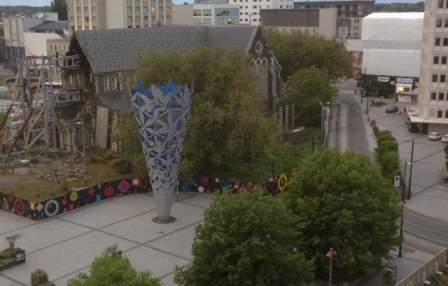War Commemorations
Battle Sites in France
(6).jpg)
A significant amount of effort is devoted by the New Zealand Embassy in Paris to World War I and World War II commemorations in France. This is important in itself, to honour the large number of New Zealanders who fought and died here, as well as demonstrating the long-standing ties of friendship between the two countries. Evidence of the value placed on the New Zealand contribution was the decision by the French Government in 1998 to award the Légion d’honneur to all surviving NZ WWI veterans. In February 1999, the town of Le Quesnoy launched La maison quercitaine de Nouvelle-Zélande, a resource centre aimed at promoting links between the two countries.
In metropolitan France, Anzac Day ceremonies are held every year in Longueval and Le Quesnoy, usually on the nearest Sunday to April 25. For more information on Anzac Day and for related resources, see www.Anzac.govt.nz. Ceremonies are also held in New Caledonia in Noumea, Bourail (New Zealand's cemetery of Pacific war dead), and Plaine des Gaiacs. For further information on ceremonies for New Caledonia contact the New Zealand Consulate General in Noumea.
The principal French battle sites of interest to New Zealand are located in the Somme and Picardie regions in the North of France.
Longueval
The Embassy participates in commemorations at Longueval at Anzac Day. The New Zealand National Memorial there marks the position which the New Zealand Division gained as their original objective in the first battle of the Somme, and from which they launched the successful attack on Flers on 15 September 1916.
To get to Longueval from Paris: take the autoroute A1 north, following the signs for Valenciennes/Bruxelles. Take exit no. 13.1 to Albert. Go through tolls, take the second exit onto the D938 towards Albert/Bray-sur-Somme/Curlus/Combles. Turn right onto the D197 to Longueval (just before Maricourt).
Caterpillar Valley
A few minutes’ drive from Longueval is a long, narrow forest known to those who fought there as Caterpillar Wood. On the high ground of a nearby valley is Caterpillar Valley Cemetery, with 125 New Zealand graves. The cemetery contains the memorial to those men of the New Zealand Division - 1,205 in total - who were killed in the Battles of the Somme in 1916 and whose bodies were never found. The memorial takes the form of a screen wall of eleven panels on which the names of the missing are inscribed.
Le Quesnoy
As with Longueval, the Embassy visits Le Quesnoy on Anzac Day annually. Le Quesnoy was for four years a German garrison town. On 4 November 1918 it was attacked by men of the New Zealand Rifle Brigade, who scaled the high walls of the outer ramparts and seized the German Commander and his garrison of over 1,000 men. On the face of the walls scaled by the New Zealanders is a memorial commemorating their success and the ninety New Zealand lives that were lost in the process.
New Zealand’s relations with Le Quesnoy have become particularly close. Delegations from Le Quesnoy have visited New Zealand in the last few years, where they have met the Minister of Defence and Secretary of Defence. New Zealand Ministers have at times been able to visit Le Quesnoy, most notably Prime Minister John Key in April 2011.
Le Quesnoy has been a sister-city with Cambridge since 1998, despite a quirk of history which indicates that the initial link between the two towns was rather tenuous. Contrary to popular belief, Cambridge was not the birthplace of Lieutenant Averill (the first soldier to enter Le Quesnoy during the liberation). Cambridge does, however, have a stained glass window in its local church commemorating Gallipoli (New Zealand’s first battle) and Le Quesnoy (New Zealand’s last battle) as a memorial to World War I.
The website of the New Zealand Ministry of Culture and Heritage offers detailed information on the historical ties between New Zealand and Le Quesnoy.
To get to Le Quesnoy from Paris: take the autoroute A1 north, following the signs for Valenciennes/Bruxelles. As you approach Valenciennes, take the motorway exit marked "Maubeuge/Le Quesnoy". Follow the signs on the N4 then the D934 to Le Quesnoy. Estimated travelling time from Paris: 2h30. Trains from Paris (Gare du Nord) to Le Quesnoy can be booked in advance at the SNCF (French rail).
Arras
In 1916, the New Zealand Tunnelling Company arrived in Arras to connect natural cave systems under the town and extend tunnels from them into ‘no-man's land’, from which troops could surface and have immediate access to enemy trenches. By 1917, the tunnels had reached close to the German lines. In April that year 20,000 British and Commonwealth troops poured from the newly-blasted tunnel exits beginning the Battle of Arras.
Following the re-discovery of the tunnels in 1996 it was found that the New Zealand tunnellers had matched the location of the caves with New Zealand towns: from North to South, from Russell through Auckland, New Plymouth, Wellington, Nelson, Blenheim, Christchurch, Dunedin and finally to Bluff. The names are still carved into the chalk walls. The Carrière Wellington Museum was opened in Arras in March 2008 and includes tours into the cave system itself. See www.carriere-wellington.com for further information.
Detailed information on New Zealanders buried in WWI and II cemeteries in France can be accessed via the Commonwealth War Graves Commission (CWGC) or by contacting the France Area office:
Commonwealth War Graves Commission
rue Angèle Richard
62217 Beaurains
France
Tel: (+33) 03 21 21 77 00
Fax: (+33) 03 21 21 77 10
New Zealand on the Western Front 1916-1918
?The New Zealand Embassy has published a 42-page guide “New Zealand on the Western Front 1916-1918” which traces the movements of the New Zealand Division from its arrival in France in April 1916. It includes information on the principal war memorial sites in northern France and Belgium.
The guides are free on request, including to groups. Please contact us to obtain a copy. Alternatively, you can download the PDF version here: (Part 1 / Part 2).
The First World War (1914–1918) was one of the most significant events of the 20th Century and had a seismic impact on New Zealand society. The legacy of the war, the growing attendance at Anzac Day ceremonies in New Zealand, and the steady increase in the number of visitors to battlefields in Turkey and Europe demonstrate a continuing interest in its significance.
The New Zealand Government has developed WW100 New Zealand, an official programme to mark the First World War Centenary from 2014 to 2018. The programme is led by the Minister for Arts, Culture and Heritage, Hon. Christopher Finlayson.


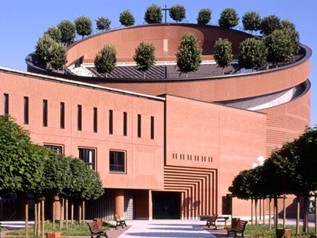
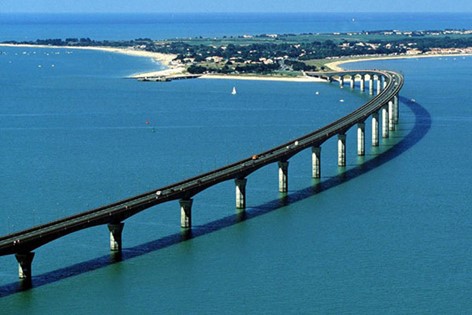
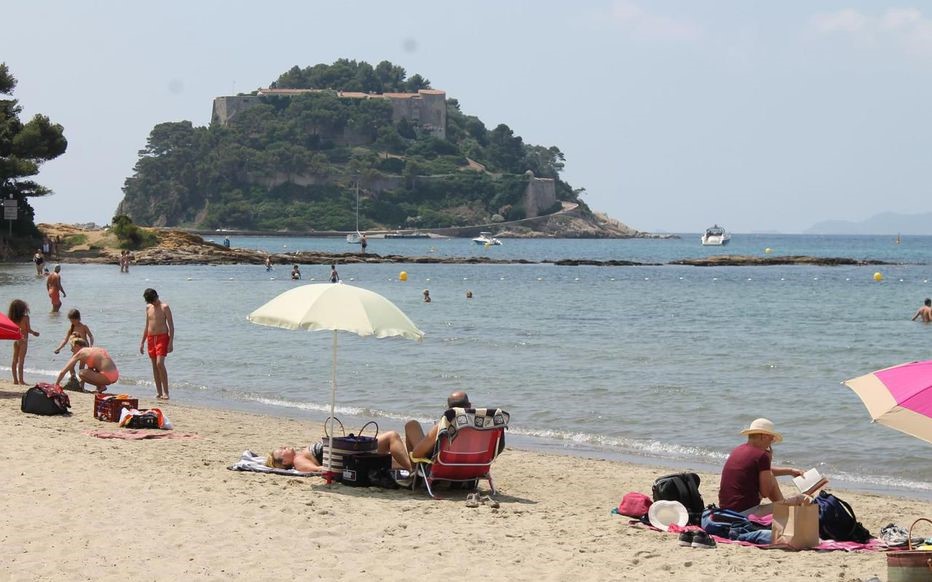
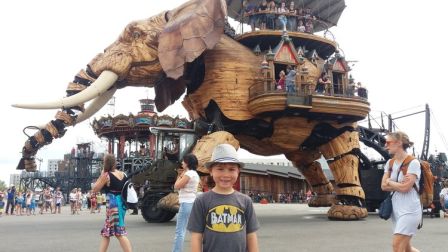

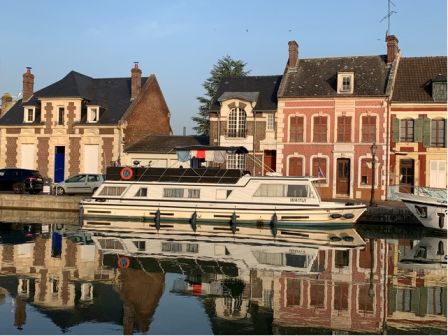
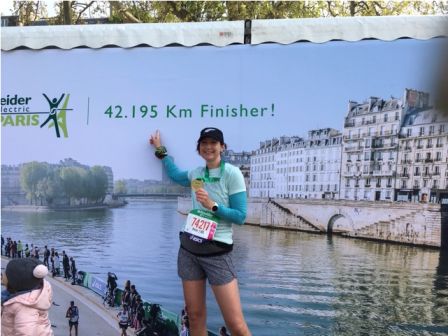



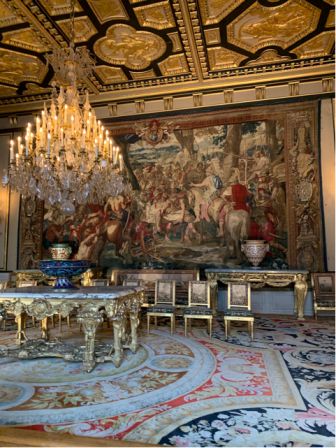
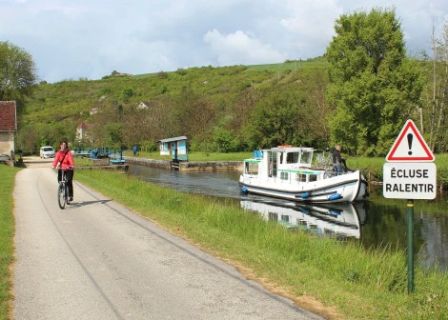

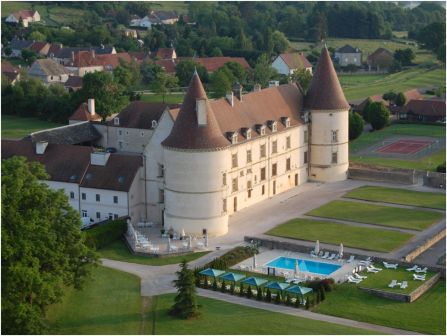
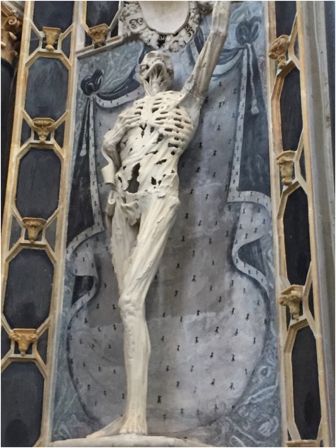
.jpg)


